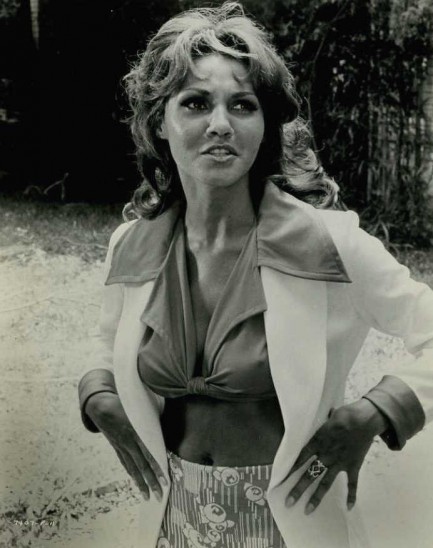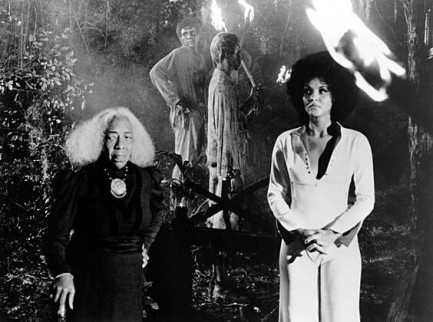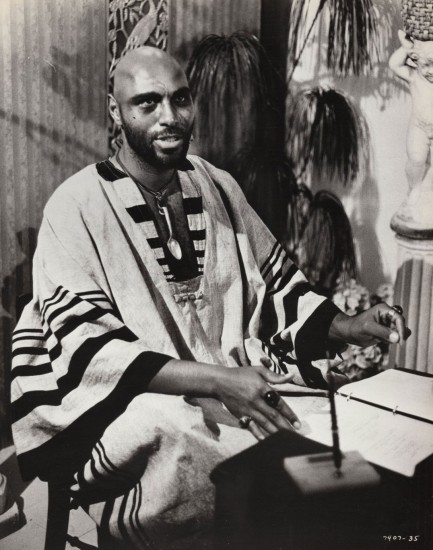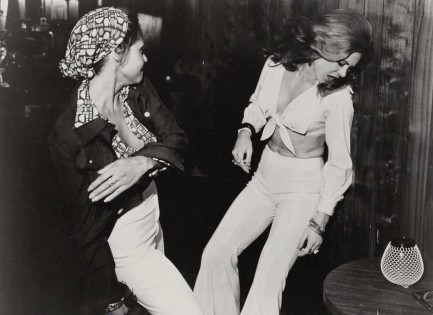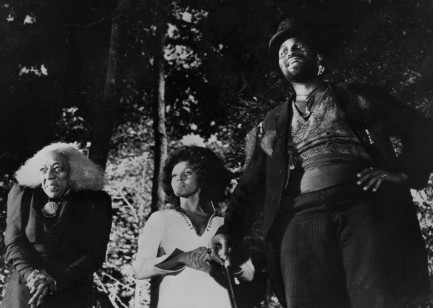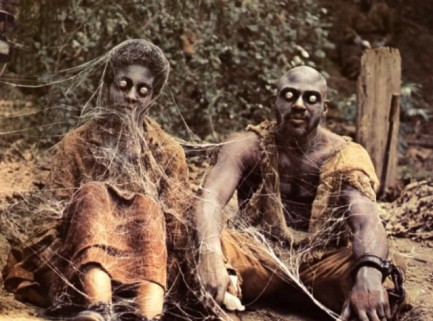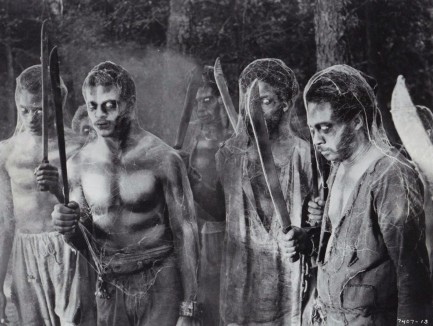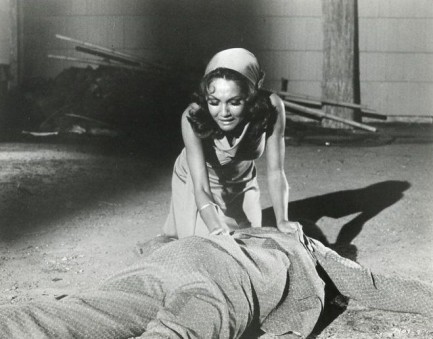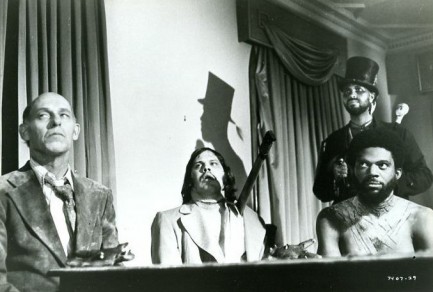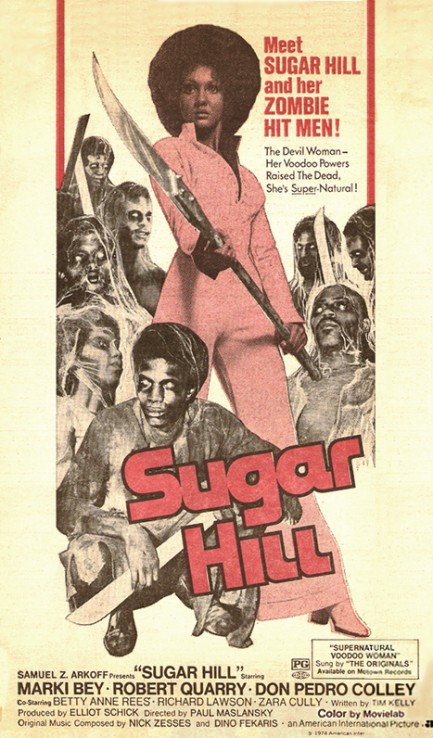| Hollywoodland | Sep 9 2023 |

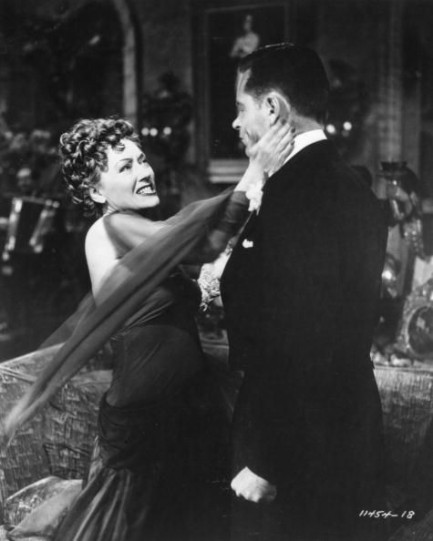
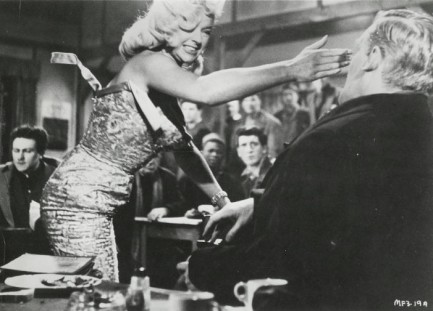
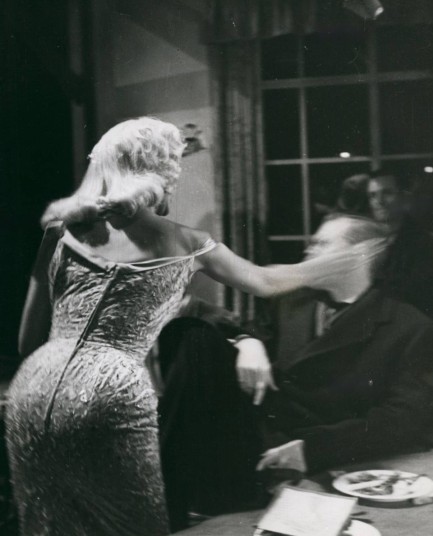 Diana Dors smacks Patrick Allen blurry in 1957's The Long Haul.
Diana Dors smacks Patrick Allen blurry in 1957's The Long Haul.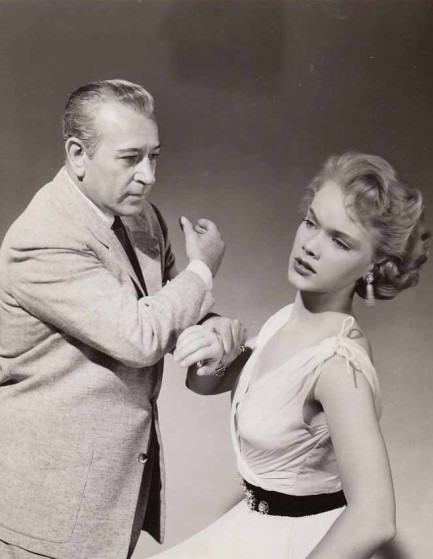 Mob boss George Raft menaces Anne Francis in a promo image made for 1954's Rogue Cop.
Mob boss George Raft menaces Anne Francis in a promo image made for 1954's Rogue Cop.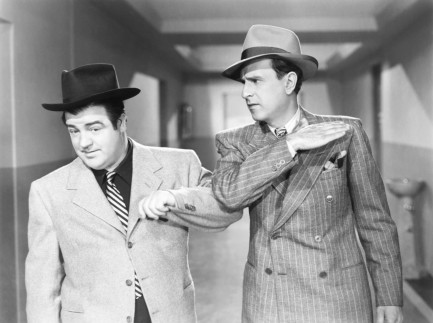 Bud Abbott gets aggressive with Lou Costello in 1945's Here Come the Co-Eds.
Bud Abbott gets aggressive with Lou Costello in 1945's Here Come the Co-Eds.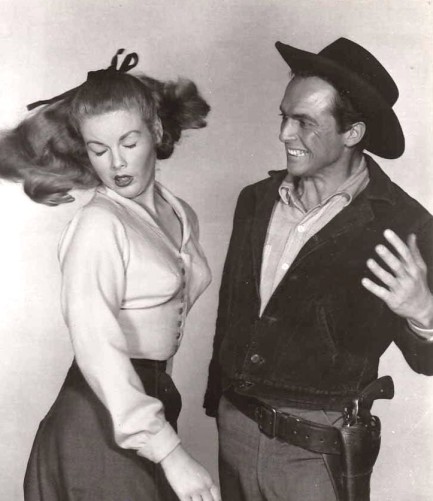 Jo Morrow takes one from black hat Jack Hogan in 1959's The Legend of Tom Dooley.
Jo Morrow takes one from black hat Jack Hogan in 1959's The Legend of Tom Dooley.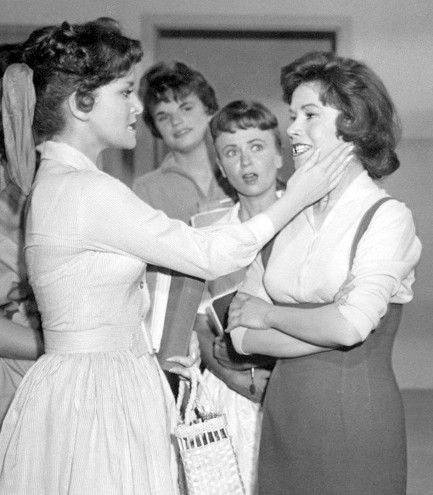 Chris Robinson and Anita Sands get a couple of things straight about who's on the yearbook committee in Diary of High School Bride.
Chris Robinson and Anita Sands get a couple of things straight about who's on the yearbook committee in Diary of High School Bride.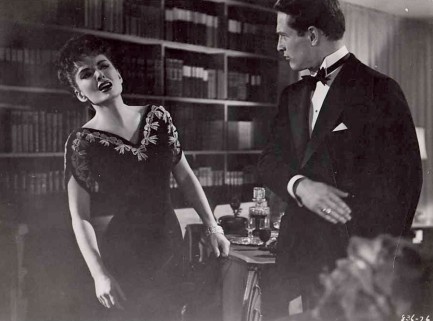 Paul Newman and Ann Blyth agree to disagree in 1957's The Helen Morgan Story.
Paul Newman and Ann Blyth agree to disagree in 1957's The Helen Morgan Story.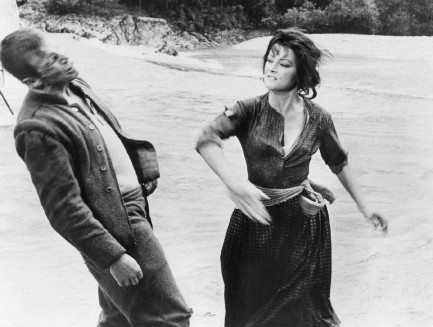 Verna Lisi shows Umberto Orsini who gives the orders in the 1967 film La ragazza e il generale, aka The Girl and the General.
Verna Lisi shows Umberto Orsini who gives the orders in the 1967 film La ragazza e il generale, aka The Girl and the General.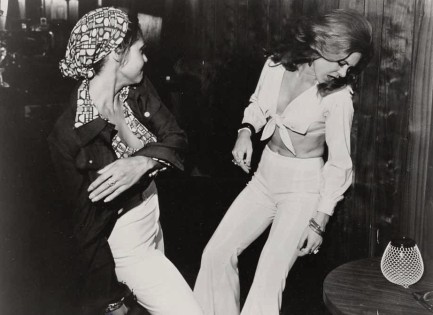 What the fuck did you just call me? Marki Bey slaps Betty Anne Rees loopy in the 1974 horror flick Sugar Hill.
What the fuck did you just call me? Marki Bey slaps Betty Anne Rees loopy in the 1974 horror flick Sugar Hill.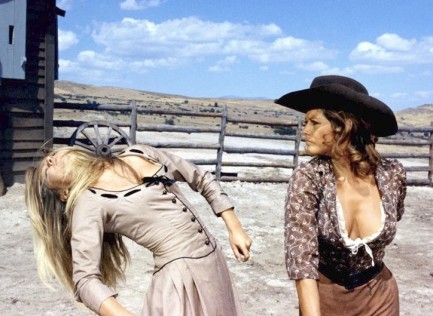 Claudia Cardinale slaps (or maybe punches—we can't remember) Brigitte Bardot in the 1971 western Les pétroleuses, known in English for some reason as The Legend of Frenchie King.
Claudia Cardinale slaps (or maybe punches—we can't remember) Brigitte Bardot in the 1971 western Les pétroleuses, known in English for some reason as The Legend of Frenchie King.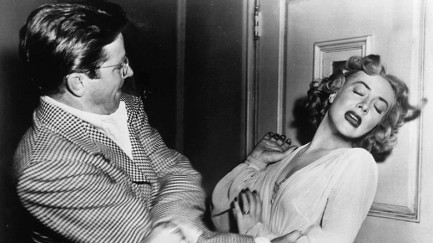 Audrey Totter reels under the attentions of Richard Basehart in 1949 Tension. We're thinking it was probably even more tense after this moment.
Audrey Totter reels under the attentions of Richard Basehart in 1949 Tension. We're thinking it was probably even more tense after this moment.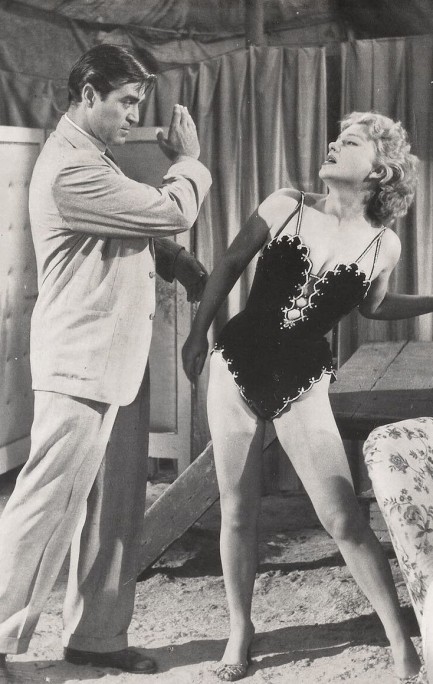 Anne Baxter tries to no avail to avoid a slap from heel Steve Cochran in 1954's Carnival Story.
Anne Baxter tries to no avail to avoid a slap from heel Steve Cochran in 1954's Carnival Story.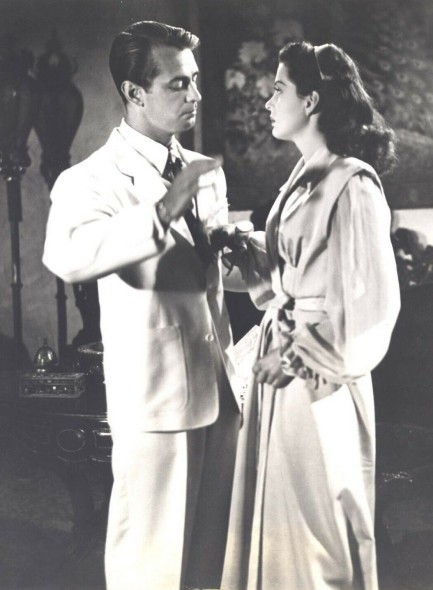
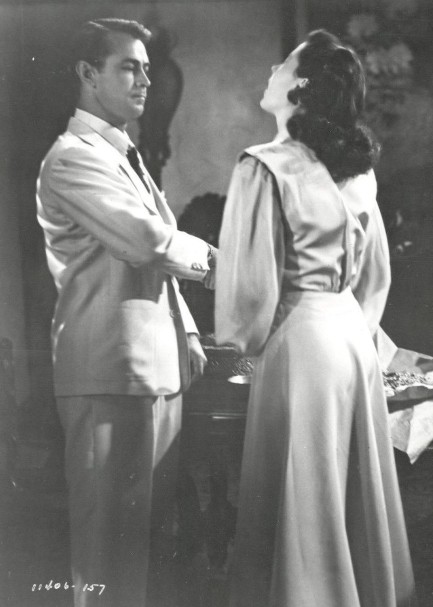 Though Alan Ladd was a little guy who Gail Russell probably could have roughed up if she wanted, the script called for him to slap her, and he obeyed in the 1946 adventure Calcutta.
Though Alan Ladd was a little guy who Gail Russell probably could have roughed up if she wanted, the script called for him to slap her, and he obeyed in the 1946 adventure Calcutta.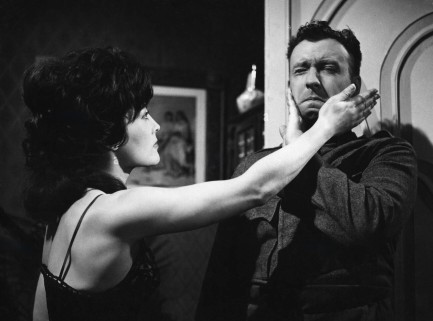 Peter Alexander guards his right cheek, therefore Hannelore Auer crosses him up and attacks his left in 1964's Schwejk's Flegeljahre, aka Schweik's Years of Indiscretion.
Peter Alexander guards his right cheek, therefore Hannelore Auer crosses him up and attacks his left in 1964's Schwejk's Flegeljahre, aka Schweik's Years of Indiscretion.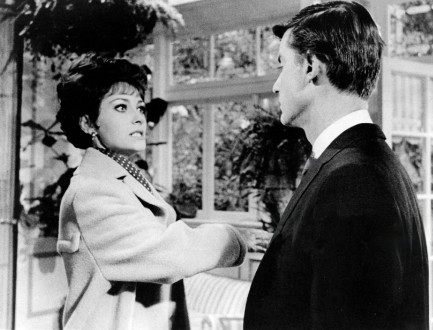 Elizabeth Ashley gives Roddy McDowall a facial in in 1965's The Third Day.
Elizabeth Ashley gives Roddy McDowall a facial in in 1965's The Third Day.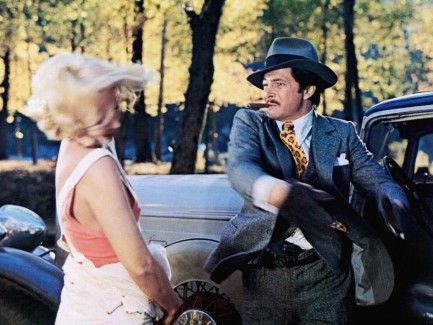 Tony Anthony slaps Lucretia Love in 1972's Piazza pulita, aka Pete, Pearl and the Pole.
Tony Anthony slaps Lucretia Love in 1972's Piazza pulita, aka Pete, Pearl and the Pole.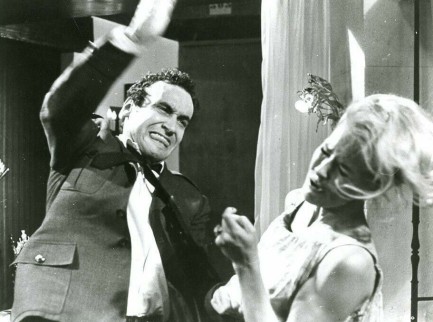 André Oumansky goes backhand on Lola Albright in 1964's Joy House.
André Oumansky goes backhand on Lola Albright in 1964's Joy House.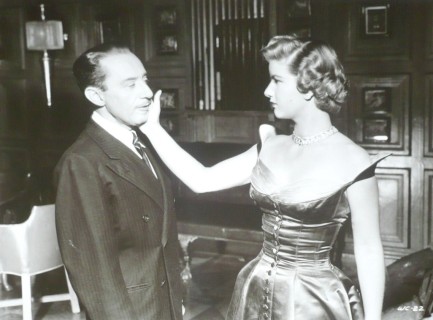 Frank Ferguson catches one from Barbara Bel Geddes in the 1949 drama Caught.
Frank Ferguson catches one from Barbara Bel Geddes in the 1949 drama Caught.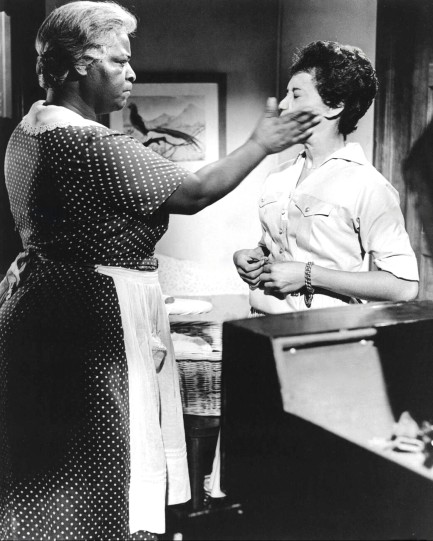 This looks like a real slap, so you have to credit the actresses for their commitment. It's from 1961's Raisin in the Sun and shows Claudia McNeil rearranging the face of Diana Sands.
This looks like a real slap, so you have to credit the actresses for their commitment. It's from 1961's Raisin in the Sun and shows Claudia McNeil rearranging the face of Diana Sands.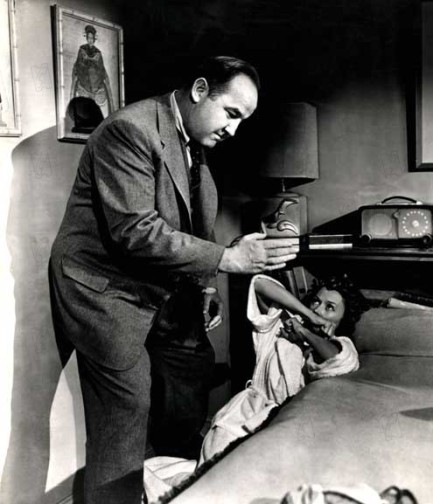 Gloria Grahame finds herself cornered by Broderick Crawford in 1954's Human Desire.
Gloria Grahame finds herself cornered by Broderick Crawford in 1954's Human Desire.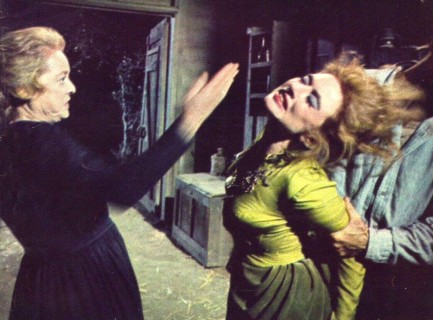 Bette Davis, an experienced slapper and slappee, gets a little assistance from an unidentified third party as she goes Old West on Amanda Blake in a 1966 episode of Gunsmoke called “The Jailer.”
Bette Davis, an experienced slapper and slappee, gets a little assistance from an unidentified third party as she goes Old West on Amanda Blake in a 1966 episode of Gunsmoke called “The Jailer.”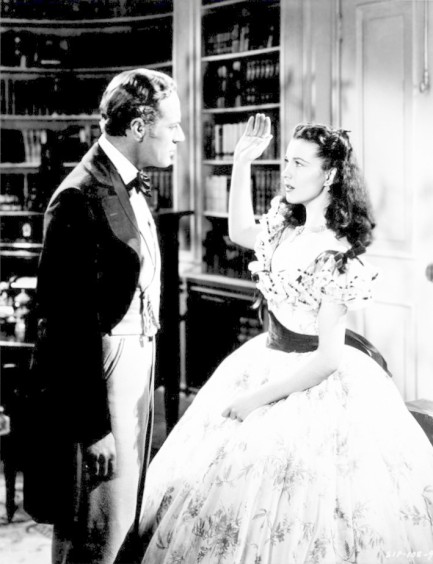 There are a few slaps in 1939's Gone with the Wind, so we had our pick. We went with Vivien Leigh and Leslie Howard.
There are a few slaps in 1939's Gone with the Wind, so we had our pick. We went with Vivien Leigh and Leslie Howard.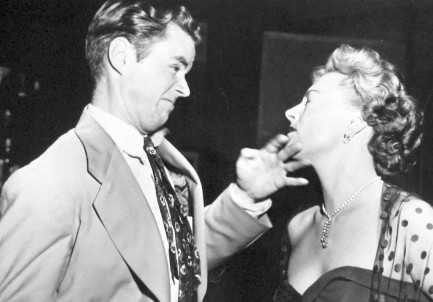 Virginia Field takes one on the chin from Marshall Thompson in Dial 1119.
Virginia Field takes one on the chin from Marshall Thompson in Dial 1119.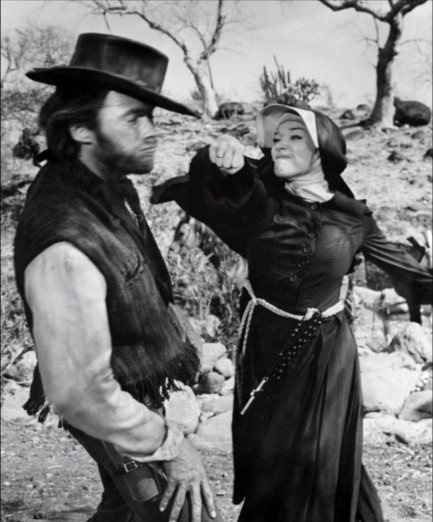 Clint Eastwood absorbs a right cross from nun Shirley MacLaine in 1970's Two Mules for Sister Sara.
Clint Eastwood absorbs a right cross from nun Shirley MacLaine in 1970's Two Mules for Sister Sara.| Femmes Fatales | May 9 2015 |

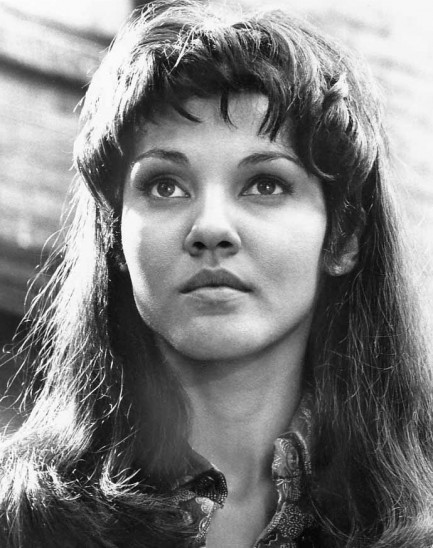
| Vintage Pulp | Oct 13 2009 |

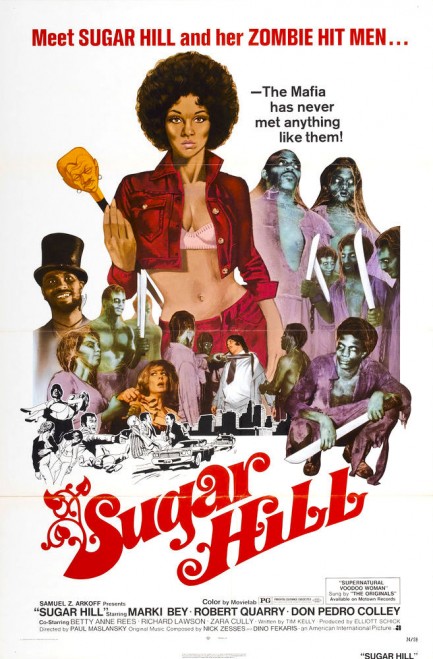

Last night we filled one of the holes in our blaxploitation résumé by watching the 1974 horror film Sugar Hill, and we came away with mixed feelings. The luscious Marki Bey plays the lead role of Diana “Sugar” Hill, and she’s extremely pale—so pale you wouldn’t really think she was African-American unless you were told she was. And therein lies the lesson imparted by the film.
The most basic fact about race is that, at its core, it’s simply a social construct in which people behave towards others the way they are commanded to, though scientists have said over and over that race doesn't actually exist in any empirical sense. And so watching the milky-skinned Bey—who could easily be Italian, or French, or Greek—get N-bombs dropped on her at various points throughout the movie began to turn Sugar Hill from a typical blaxploitation exercise into a statement on the utter ludicrousness of racism. We’re pretty sure the filmmakers did not have so lofty a goal in mind.
Their actual intent—to make a good horror flick—was not fully achieved. Sugar Hill is visually interesting but not scary, and it’s watchable because of the radiant Ms. Bey, but not fully engaging. The film does sometimes skirt the edge of unintentional humor—not because it’s so poorly made or acted (though both could be argued), but because it’s a shining example of ’70s fashion gone wild. We marveled at the afros, especially the one Bey suddenly appeared with halfway through the film. Her blowout seemed to symbolize the revenge spree she had decided to embark upon (assisted by a shuffling gang of cobweb-covered zombies). She massacres her white enemies, dropping a few H-bombs along the way (that’s honky, in case you don’t know). When will we all learn to just get along? If you like blaxploitation, you’ll like this film. For the uninitiated, well, maybe start with a Pam Grier movie or two before working your way up to this one.